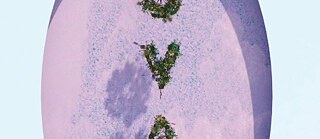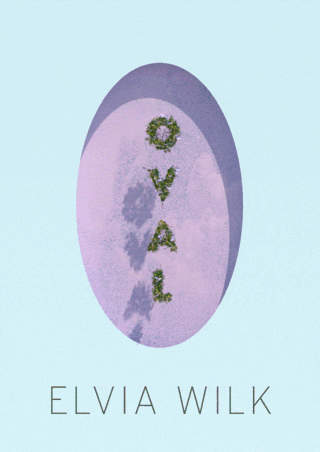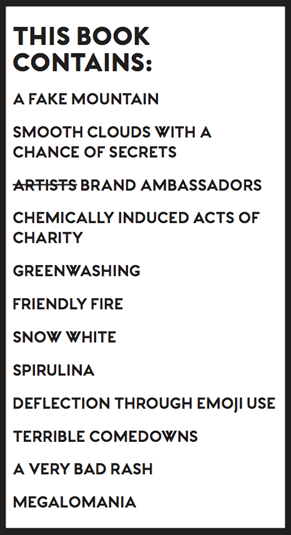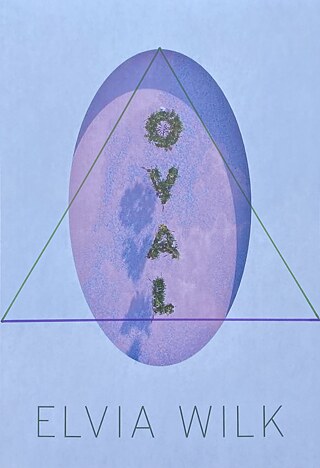A Book Report in Four Shapes
Oval: Berlin Dystopia 2

How do you approach reading and thinking about a book that is, mysteriously, called Oval? I stared at the cover of Elvia Wilk’s Berlin novel, flipping it over as if I could crack open some prophecy from the purple egg shape illustration. Taking up the US author’s challenge, I followed form(s): looking for lines, triangles, rectangles, and ovals to reveal some of the book’s themes, from housing to sustainability to inequality. The symbology proved a suitable reading framework for the book’s ominous urban rumblings as well as familiar images of transient expat life in a 21st century “creative” city. Get the book from your library and retrace this four-part geometrically patterned book report or try your own “graphic” approach on your reading list.
By Jutta Brendemuhl
THE BOOK
In the near future, Berlin’s real estate is flipped in the name of “sustainability,” only to make the city even more unaffordable. Artists are employed by corporations as consultants, and the weather is acting strange. When Anja and her boyfriend Louis are offered a rent-free eco home on an artificial mountain, they seize the opportunity, but before long the experimental house begins malfunctioning.

"Wilk's novel is like an ever-expanding sphere . . . It would be beautiful satire if it didn't ring so true." — NPR
Triangle: Sustainability
Tracing the idea of triangular shapes through Oval opens up the possibility of looking at the (non-)sustainability of Anja and Louis’ mountainous living arrangements as well as the ups and downs of their precarious relationships.The Berlin geography the protagonists inhabit is called the Berg, German for “mountain.” Heavily and deliberately drawing on an actual 2009 design proposal for the abandoned Tempelhofer Feld—the famous interim art/refugee/start-up/leisure space where Hitler’s airport once stood—Wilk’s Berg is fictionally transformed into a utopian eco colony (no pets, no smoking). Unlike Berlin architect Jakob Tigge’s original idea for a largely non-utilitarian recreation and tourist destination, Wilk’s Berg has some obscure corporate function with lofty environmental aspirations: as a capitalist big brother smart home experiment, the construct(ion) performs sustainability—Wilke uses the word “posturing” to signify fakery or inauthenticity—without realizing it. The developer is not called Finster (German for sinister) for nothing.

Who is on top, who is laboring up or sliding down the “muddy slopes”? The rollercoaster employment situations of our protagonists—Anja is perplexingly fired and rehired by her company in one conversation with a consultant—are mirrored in Anja and Louis’ dysfunctional and deteriorating personal lives. Both the Berg and the couple’s relationship seem built on “isolation by design,” triangulated with their relationships with a handful of friends and colleagues, most unsustainably precarious “creatives,” conjuring up an oddly disengaged atmosphere wafting through the book.

Next, a closer look at rectangular forms and Anja and Louis’ not-so-smart house on the Berg.
Elvia Wilk
- Has worked for uncube architecture magazine (which she co-founded), Transmediale media arts festival Berlin, and e-flux journal;
- Writes non-fiction, criticism, and essays about art, architecture, and technology for publications including frieze, Artforum, Metropolis, Mousse, Flash Art, Art in America, and Zeit Online;
- to be continued